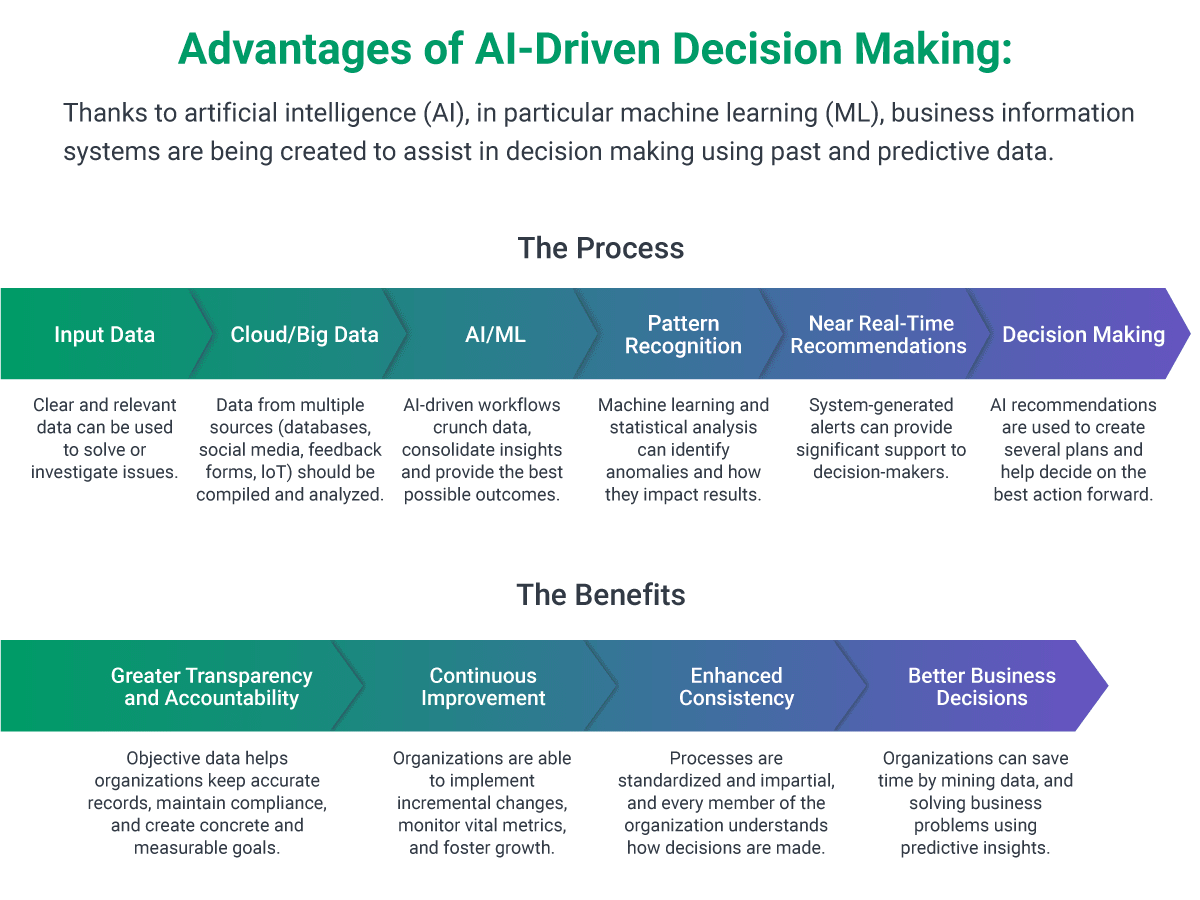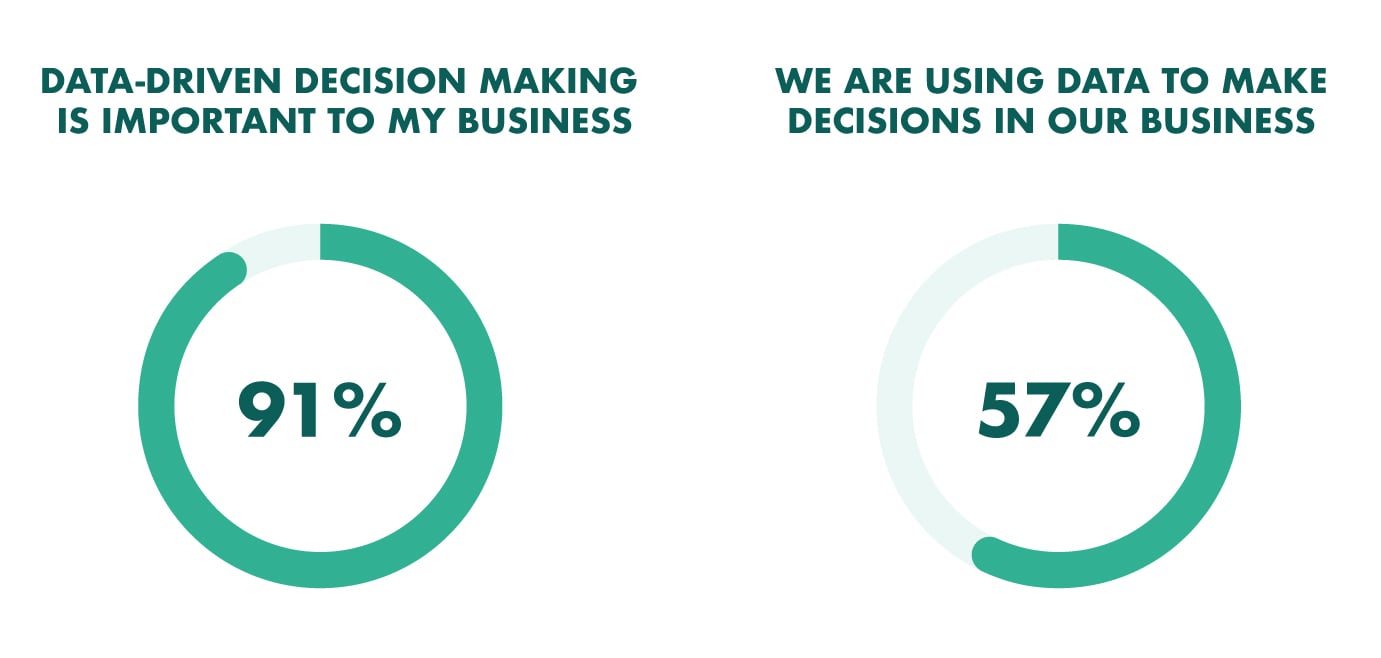
Business Analytics Tips to Inform Data-Driven Decisions
In an age where data is as valuable as gold, making sense of the numbers can propel your business towards unparalleled success. Business analytics unlocks the story hidden within the data, a narrative that guides smart, informed decision-making. With these actionable tips, you’ll be able to leverage business analytics effectively, ensuring your business decisions are backed by solid data, just like the pros.
Understand Your Data Sources
Before diving into the deep end of data analysis, let’s start with the basics – know where your data is coming from. Whether it’s customer transactions, online traffic, social media interactions, or operational efficiencies, each data set offers unique insights. The key is to identify which sources are most relevant to the questions you’re trying to answer. Quality data sources will give you a clear starting point for your analytics journey.
Establish Clear Objectives
Having a clear objective in mind is crucial. What do you want your data to reveal? Whether it’s identifying the most popular product, understanding customer behavior, or pinpointing areas for cost reduction, your goals will direct the course of your analysis. Without clear objectives, you risk drowning in data without gathering any actionable insights.
Choose the Right Tools
The toolbox for business analytics is vast and ever-expanding. But you needn’t worry about mastering them all. Instead, focus on selecting tools that best meet your needs and suit your skill level. Simple tools like Excel can pack a punch for basic analyses, while more complex software like R or Python may be necessary for deeper dives. Cloud-based platforms with user-friendly interfaces are often a great choice for businesses with a nontechnical team.
Focus on Key Performance Indicators (KPIs)
Key Performance Indicators, or KPIs, are your best friends. These metrics will tell you if your business is on the right path. By focusing on a select group of KPIs relevant to your business objectives, you’ll not only simplify your analysis but also zero in on the data that truly matters. Common KPIs include net profit margins, customer acquisition costs, and retention rates, among others.
Embrace Visual Data Presentation
A picture is indeed worth a thousand numbers. Data visualization transforms complex datasets into easy-to-understand graphics. Use charts, graphs, and dashboards to bring your data to life. Visuals can highlight trends, outliers, and patterns quickly and effectively, making them essential for communicating with team members who may not be as data-savvy.
Understand the Power of Segmentation
In business analytics, one size does not fit all. Segment your data to gain deeper insights. For example, instead of looking at total sales, break them down by region, product category, or customer demographic. This can uncover hidden trends and opportunities that could go unnoticed in the aggregate data.
Implement a Continuous Analysis Cycle
Data is dynamic, so your approach to analytics should be too. Implement a continuous cycle of measuring, analyzing, and acting on data. This proactive approach ensures that your business stays ahead of the curve. Regularly update your analyses to reflect the latest data available, and ensure decisions are guided by the most current insights.
Consider Predictive Analytics
While understanding the past and present is fundamental, predicting the future can give you a competitive edge. Predictive analytics uses historical data to forecast future events. It can provide a glimpse into potential future trends, helping you to make proactive decisions. Start simple — use regression analysis to predict sales trends, or explore machine learning for more advanced predictions.
Invest in Skill Development
Tools are only effective in skilled hands. Investing in skill development for you and your team can dramatically increase the impact of your analytics efforts. Consider training sessions, workshops, or even online courses to build expertise in data analysis and interpretation. Remember, a tool is only as good as the person using it.
Maintain Data Quality and Integrity
Reliable analytics depend on data quality. Ensure that your data collection methods are sound and that the data is regularly cleaned and validated. Inaccurate or incomplete data can lead to misguided conclusions, so it’s crucial to maintain strict data quality controls.
Stay Compliant with Data Regulations
In your quest to harness the power of data, don’t overlook the importance of compliance. Regulations like GDPR and CCPA outline strict guidelines on data privacy and security. Understand and adhere to these regulations to protect your business and your customers’ data.
Cultivate a Data-Driven Culture
Last but not least, cultivating a data-driven culture within your organization is essential. Encourage team members at all levels to base their decisions on data. When the whole team understands and appreciates the value of data analytics, the integration of this practice becomes smoother, and the outcomes are more impactful.
Conclusion

Implementing business analytics doesn’t have to be a daunting task. With clear objectives, the right tools, a focus on KPIs, and an understanding of data quality and regulations, any business can unlock valuable insights from their data. Keep learning, keep analyzing, and let the data light the path to informed and successful business decisions.
Whether you are a seasoned data analyst or just starting to appreciate the depth of data-driven decision-making, these tips will help set you on the right track. By harnessing business analytics, you will be able to navigate the complex business landscape with confidence and clarity, ensuring that each decision is not just a guess but a calculated move towards success.